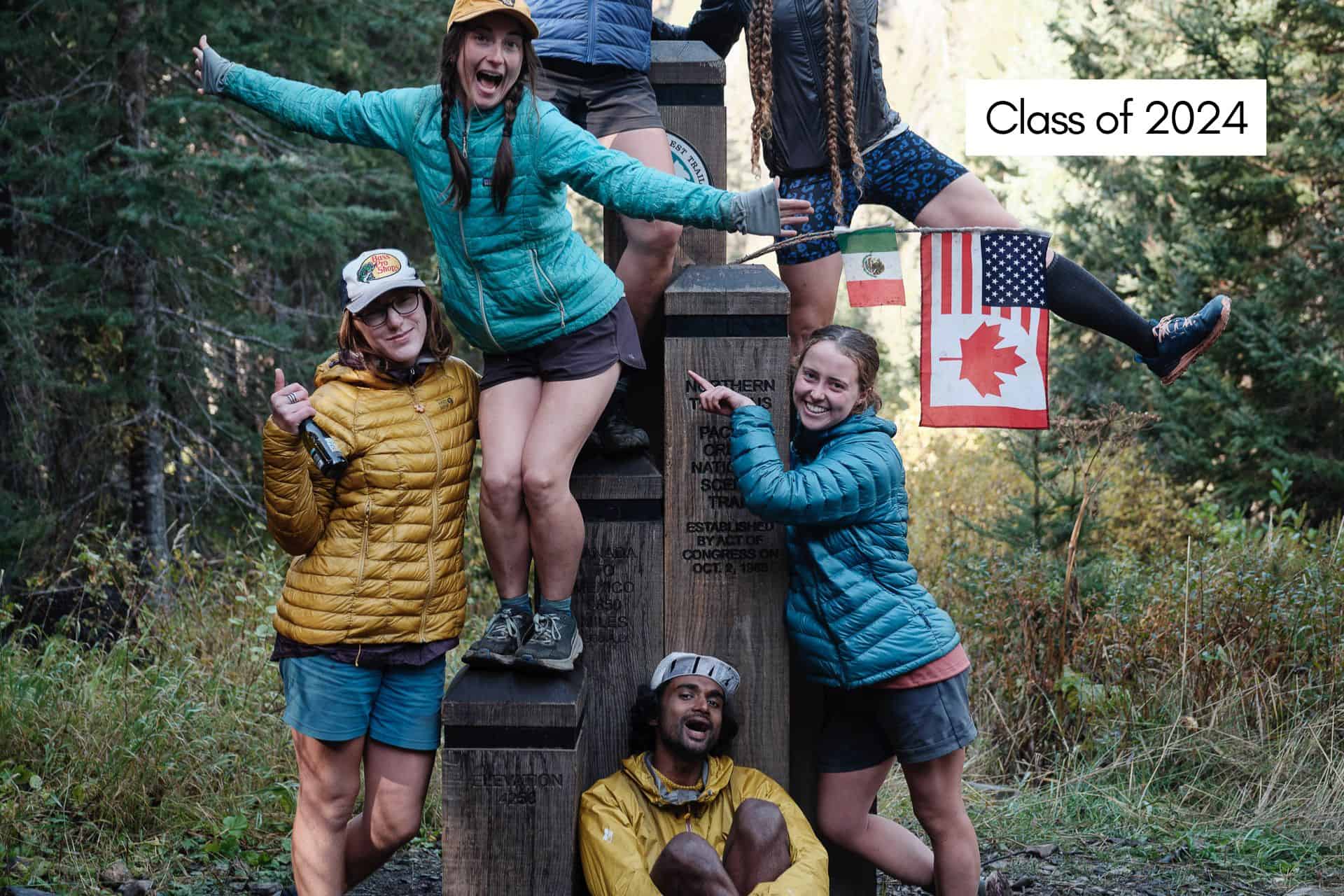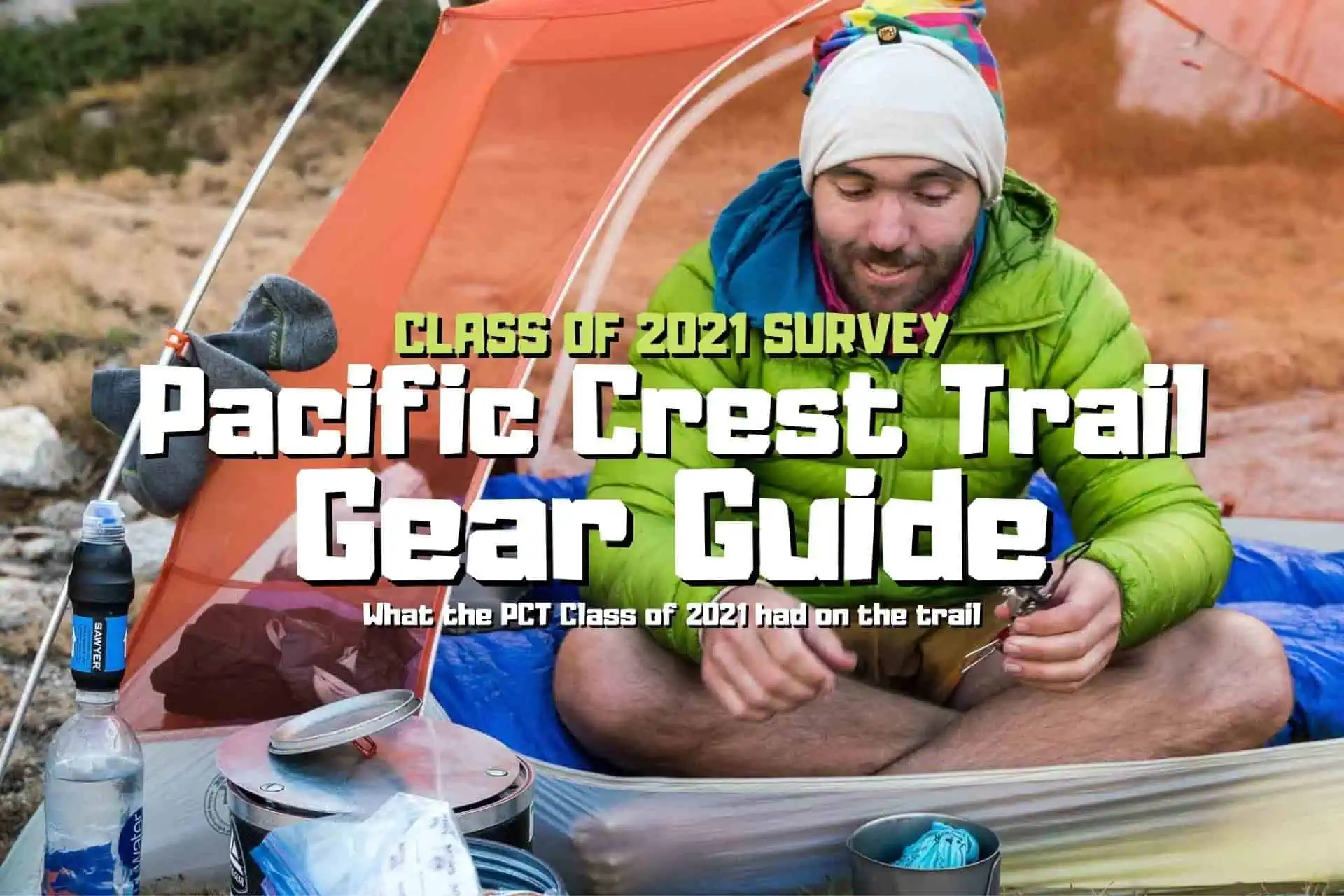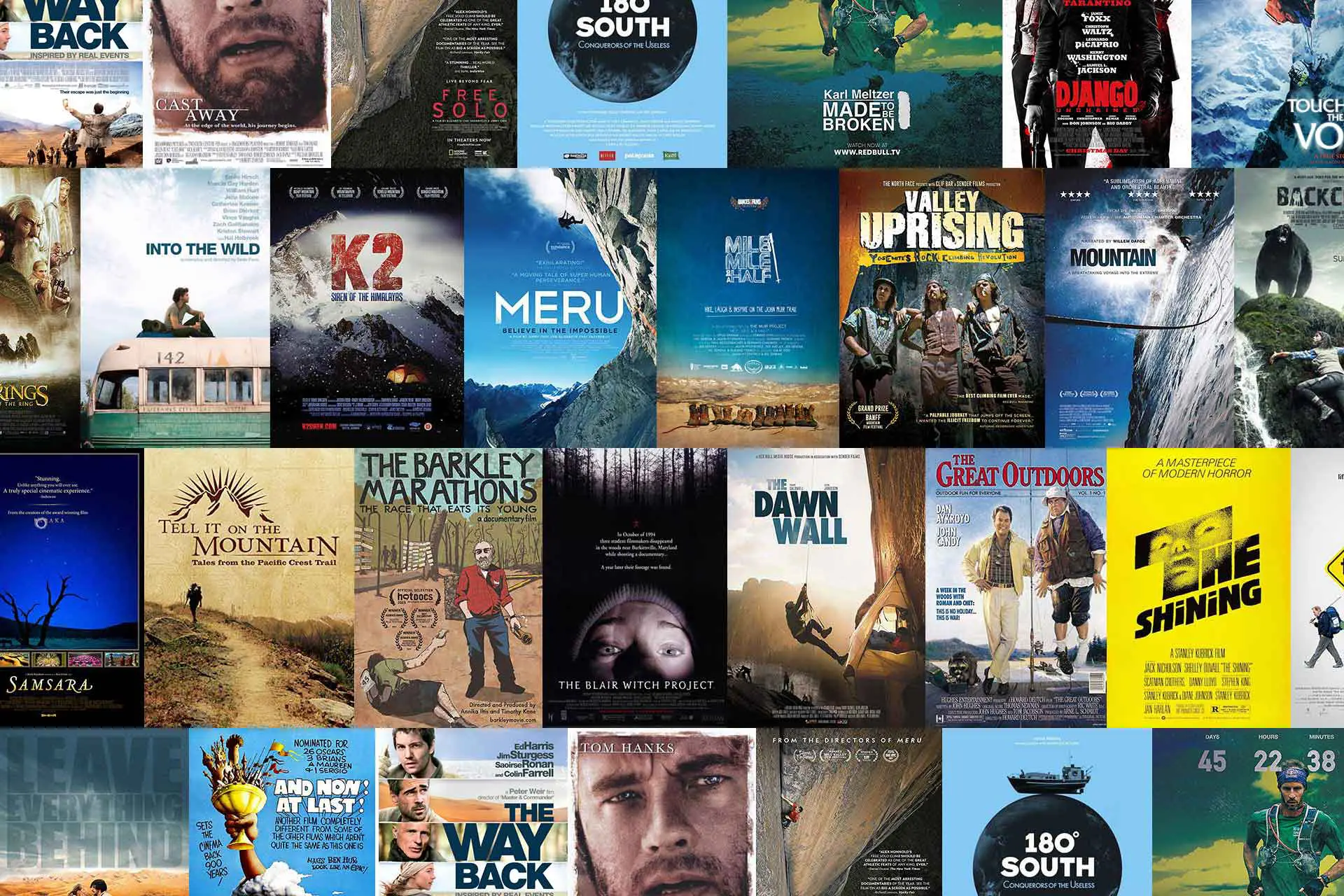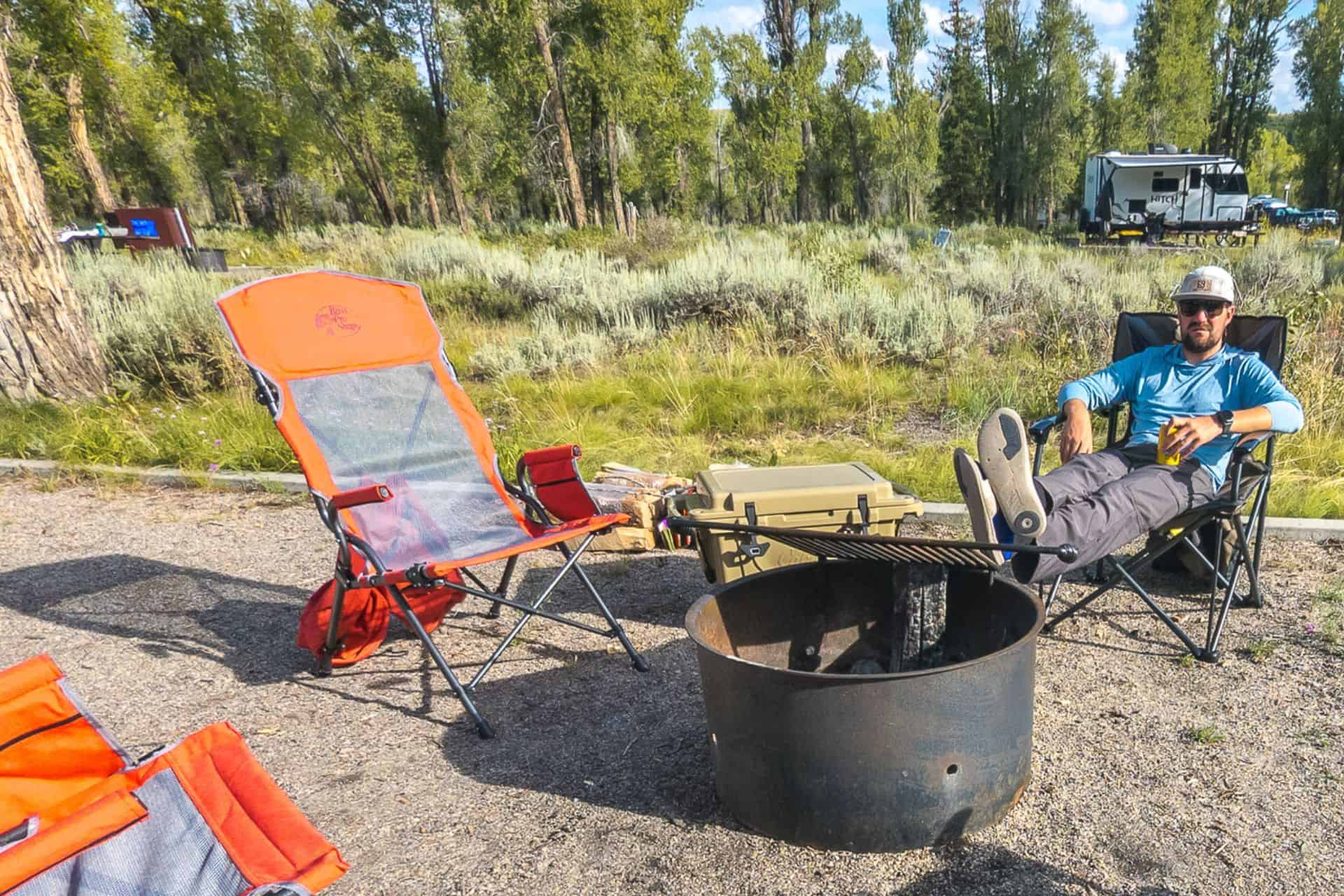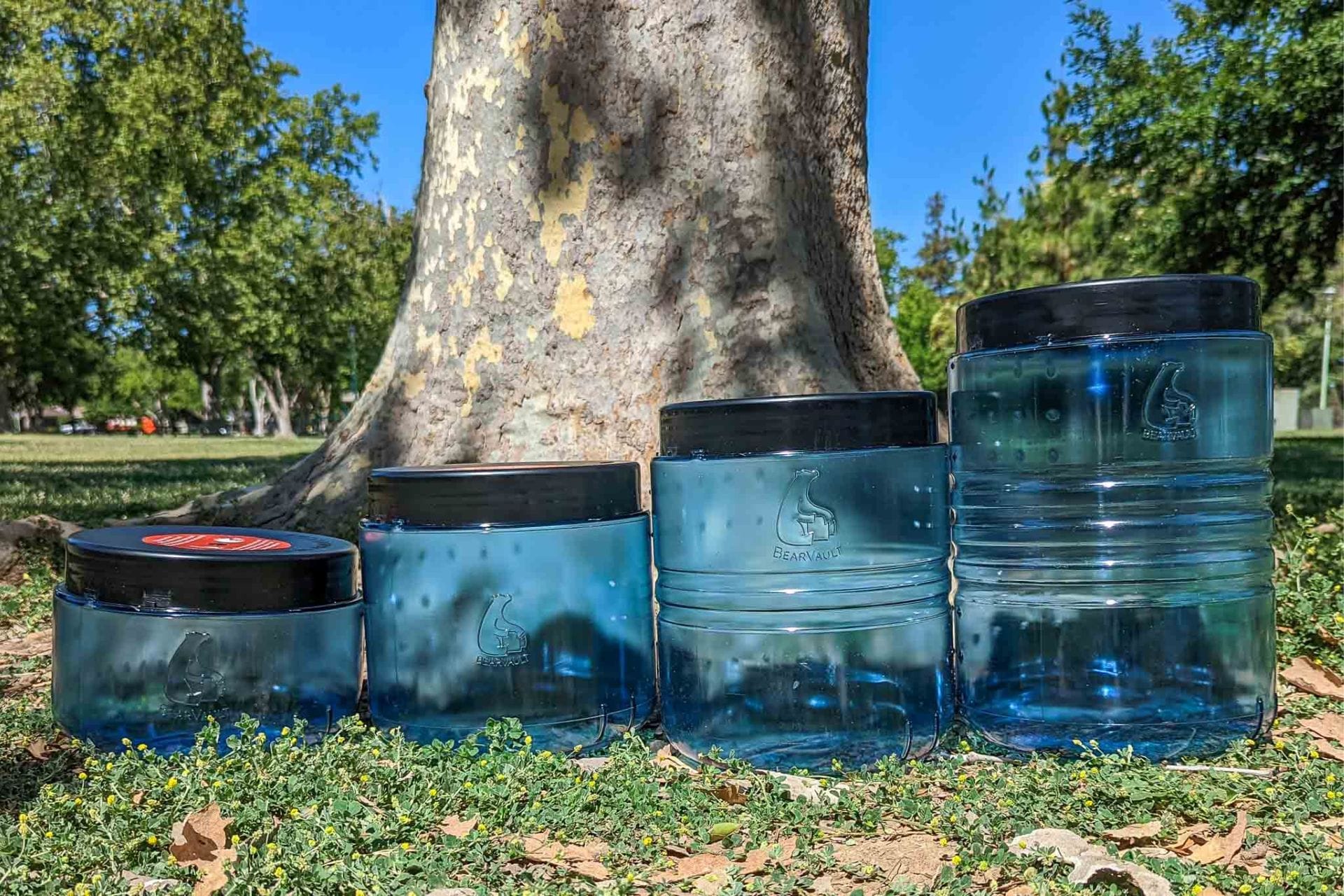Pacific Crest Trail Hiking Advice from the Class of 2024
Chances are that things won’t go according to plan on a Pacific Crest Trail thru-hike. One of the best things you can do to prepare for a PCT thru-hike is talk to PCT thru-hikers and see what they would do again, do differently, and suggest that others (i.e., you) do.
Questions like, What gear do I get? Where do I resupply? Do I need a trail family? Do I have to pay trail angels? And do I have to dig and poop in a hole and then pack out my toilet paper? Yes, you need to poop in a hole and pack out your toilet paper.
As part of the PCT Hiker Survey, I ask hikers for advice to be passed on to future PCT hikers. Each of the bullets below is the response given by a PCT hiker. Remember that each response is the advice/opinion of a single person. None should be taken as 100% applicable to everyone on the trail; just because something worked (or didn’t work) for one person doesn’t mean it will work for you.

Planning Advice
- Prepare well by doing basic research and getting in decent shape, but don’t over-plan. You don’t need to plan anything about the details of your hike; just be prepared to face the elements safely, and you’ll figure everything else out as you go.
- Do not seek advice from Facebook; most people are trying to be helpful, but I found my skill level was much greater than what I was reading about on Facebook, which left me with doubts about what I was capable of(lots of fearmongering). Only use Facebook for the trail angel groups during your hike.
- Do not stress about planning every little thing ahead of time. One of the great joys of thru-hiking (for me, anyway) is taking things day by day and allowing your body to guide you to what feels best in the moment.
- Do the trail as soon as you can – delaying it for the perfect time/circumstance is not worth it; each attempt is unique, and you owe it to yourself to experience it.
- Don’t plan too much! Only plan if you like the planning process (which I do). But know that you’ll have plenty of time to figure it out on the trail, and many things might change as you hike. It’s fun to be totally prepared and account for everything, but it’s also fun to wing it (when you can do so safely).
- Try to take the time to journal or sketch! Even if it’s just a few sentences, finishing with a physical representation of your hike feels so nice.
- Before you start, wrap up any loose ends in your life and commit to doing the entire trail.
- Since wildfire closures are a reality of hiking the PCT, please spend some time before your hike considering how you will handle them, both in terms of your approach to them (detouring, skipping, etc.) and their impact on your morale and conception of what a thru-hike is.

Attitude Advice
- The only difference between a good day and a bad day is what’s going on between your ears.
- Take all information from other hikers with a grain of salt. Be comfortable with yourself and know what you are capable of. On day one, we told a lady about how we planned on doing the trail in 93 days, and she told us we wouldn’t make it past Juilian without getting hurt. It’s important to learn from others and give advice, but take everything with a grain of salt.
- Don’t admire folks just because they can walk a long way; listen to their intention.
- Don’t rush through it or wish it away. You’ll wish you had a few more days out there when it’s all said and done.
- Don’t stress about people passing you. Don’t compare your pace with other people’s, as everyone has their own limits and comfort. The candle that burns twice as bright burns half as long, and the hiker who starts out doing twenty-mile days is destined for shin splints.
- Stop and smell the roses. Turn around—sometimes, the best views are behind you. Rush less and take more sidequests. In general, plan less and roll with the punches more. Don’t rush to get a trail family—let it happen naturally. Don’t be afraid to leave and hike alone—you’ll meet plenty of amazing people. Take photos of people; the views can get repetitive even though they’re amazing. Contact trail angels. They want to help and love hearing your stories.
- I’m an overthinker. I’m a stubborn mess. This advice is for others like me: You have to let the trail change you. So many experiences will be wonderful and powerful, but if you don’t let them in, you’ll miss them. So please, let the trail change you. Let yourself be happy, let yourself cry and be mad and break down, let yourself feel all of you. Grieve for who you used to be but don’t hold onto what you were just because it’s comfortable, you can climb mountains and cross deserts, you can do this too, you’re strong enough to get out here, now be strong enough to commit to yourself, not just these miles. And write it down, don’t let yourself forget what those tears meant or what these lessons cost, write it down and remember you came out here live, not to hide from yourself. So embrace the scary thing, accept you can grow as a person, and let the trail change you.
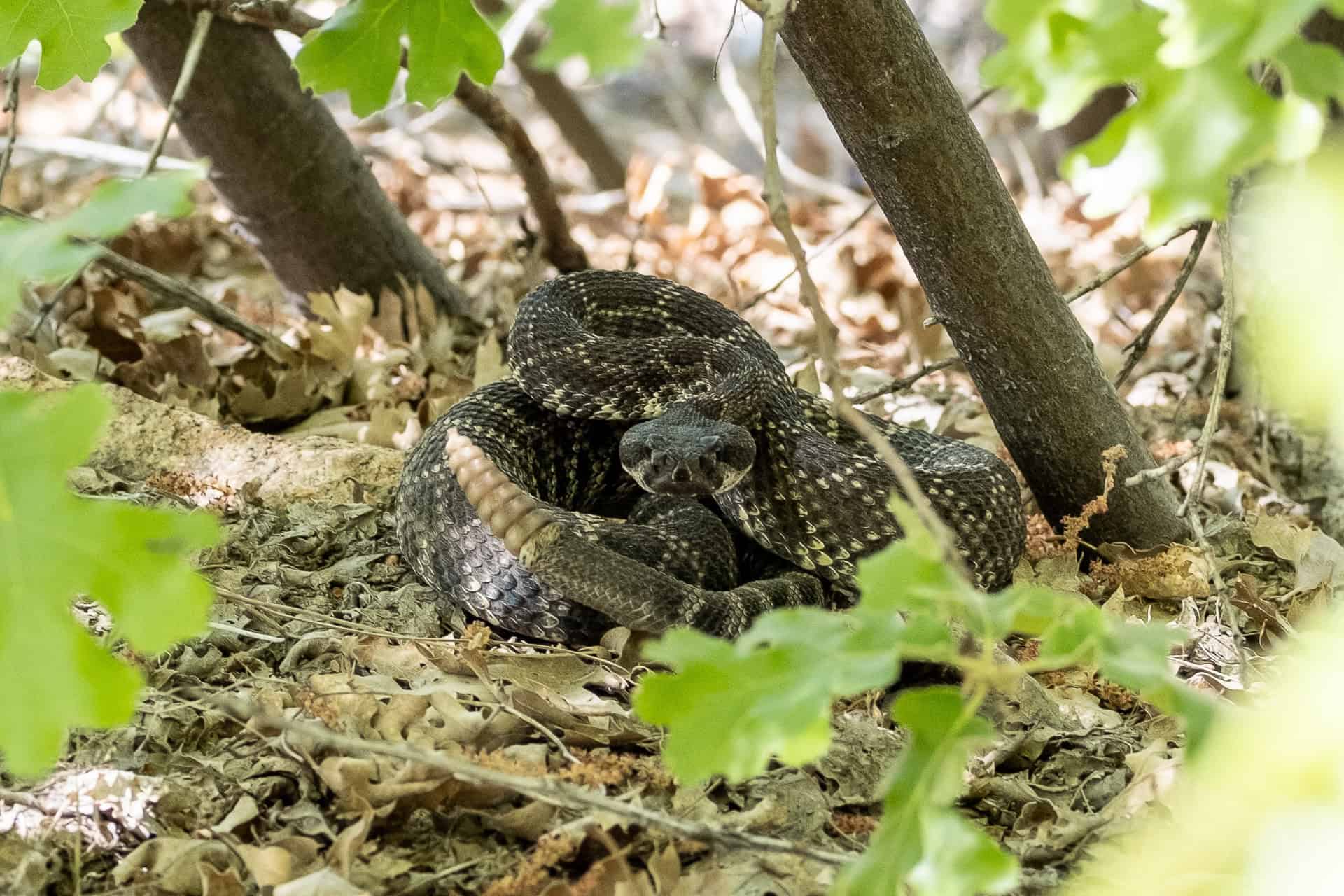
Hiking Advice
- Get to know the places you hike through. Don’t get sucked into just following a line and counting miles.
- You never regret swimming in the lakes, even if it is icy cold. But I try not to get my hair wet after the sun goes down.
- Don’t get FarOut-ed – take all the comments with a pinch of salt. Also, don’t check it too often – it won’t make the miles any shorter. Believe in yourself. You can do hard things. You are badass
- Don’t get sucked into the pressure to reach Canada or stick with a single trail family. This is your hike.
- Don’t listen to the constant fear-mongering. Don’t skip something until you see it and deem it unsafe for yourself.
- I wish I knew that you would eventually fall in with a tramily if you wanted it, but you also have to give it time. I also wish I had stressed less about specific logistics and trained more. I had minimal backpacking experience beforehand, and everything turned out fine (besides, my feet hurt, lol). It’s kind of the experience of a lifetime, so if you’re thinking about it, do it!
- Consider your definition of success and ensure it’s flexible enough to survive the inevitable curveballs the trail will throw at you. My continuous footpath was broken on Mount San Jacinto due to unsafe weather barely two weeks into the journey. While I later connected those footsteps at the end of the season, at the time I struggled to redefine success with so much trail still ahead of me.

Gear Advice
- If your budget allows, reduce the base weight to a reasonable amount (mine was around 10lb / 4.5 kg) because you don’t realize how heavy food and water can be.
- Take weather and storms seriously on the PCT. Four storms in three weeks caused more zero days than planned, so plan extra financially if you need shelter. No one needs to be in an ultralight tent at 9,000 ft / 2,700 m in 75 mph / 120 km/h winds.
- Rethink gear (lay it out, weigh it, will it be used more than once, does it serve multiple purposes), pace yourself wisely, and share with others (good deeds come back to you).
- Ladies, put your Kula Cloth on a retractable badge holder, and you won’t have to take your pack off to pee.
- Know your feet and your shoes. Don’t buy the most popular option without first knowing your body.
- Build your outdoor skills before you get on the trail. Know how to use your gear and how to respond in case of an emergency. Get a WFA or WFR certification. Know how to navigate without just relying on FarOut. Save more money than you think you will need.
- Get your gear dialed in before the hike. DO A SHAKEDOWN.
For more on the Pacific Crest Trail gear, check out this year’s PCT Gear Guide.

Resupply Advice
- Send boxes to smaller towns when you are in bigger towns to save money and maintain food variety (if your dietary restrictions allow it).
- You don’t need to plan so much, especially regarding resupply, in advance. It’s much more fun to go with the flow. You’ll be surprised how quickly plans can change. Be flexible with what the trail provides! I do, however, think that having gear planned out in advance is best because it can be tricky to coordinate getting stuff sent to you on the trail.
- Enjoy all the moments—both good and bad. Sometimes, I found myself getting annoyed at things. For example, I was annoyed that my resupply box only had one flavor of PopTarts out of five packages. Now that I am off the trail, I miss all the PopTart flavors—they aren’t the same if you haven’t hiked a ton of miles that day.
- No need to plan that much. Just be aware of what the next few hundred miles hold. Other than that, unless you have a dietary restriction, there’s no real need to send boxes to most resupply points. Also, stay with trail angels at least a few times. Those were some of my favorite times.
- Don’t cold soak three ramen bombs a day. You will throw up.
- Don’t send too many resupply boxes. The trail provides. You also don’t want to be stuck waiting for the post office to open while your tramily heads out to hike.
- Don’t listen to the fearmongering that there are no stores in Washington to buy food; there are plenty.
- Don’t send all your boxes at the beginning! Your food preferences change so much, and you’ll just end up having to buy food anyways
For more on the Pacific Crest Trail resupply, check out this year’s PCT Resupply Guide.

Training Advice
- Conditioning, strength, and mental toughness are the three areas to prepare ahead of time and require separate exercises to develop. Try to have at least one of the three pretty solid.
- Train your legs and feet before the hike, and slowly ramp up the daily mileage to avoid injuries.
- The more physically prepared you can be beforehand, the better. Start slowly and listen to your body as you go. Also, if you have iron deficiency issues in everyday life, that can significantly impact your energy while hiking.
- Older hikers, walk as many hours as possible to prepare for your hike.
- Spend less time researching and more time hiking and training! The fitter you are when starting, the more you will enjoy the desert – which is mentally tough, especially in the first few weeks.
- Train, train, train! Do long day hikes, multi-day hikes, and weight training. You’ll be happy to be in shape, and it will help prevent injury!
- No serious athletic training plan requires you to do hard workouts every day for two weeks straight. It’s okay to take zeroes, especially early on.

People Advice
- Start alone. Everyone else is doing it, and you’ll be fine. I made friends on Day 1 that I hiked with for a really long time.
- As always, hike your own hike. If the people you are with are bringing you down because they don’t have the same pace, values, or goals, then move on. Listen to your body, but know you can probably push yourself farther than you think.
- Bring more cash than you think; everyone takes advantage of hikers, and shit’s expensive.
- Your friendships will change and develop a lot. You’ll see people you meet early often but won’t necessarily stay connected, and that’s ok. Hike for yourself first, and find the people you love.
- Take more pictures of people. Enjoy your time in towns, especially ones you’ve never been to.
- When you meet someone on the trail, you never know if you will never see them again or if you will hike with them every day for the next five months. Treat everyone as if it’s the latter.
- Don’t give people unsolicited advice because you think you know what you’re talking about.

Photo: Aspen Nguyen
Trail Culture Advice
- Approach it with curiosity and openness to learning/adapting. Be a positive/energy-giving presence on the trail – it’s your choice and privilege to be out there, so enjoy it and leave other hikers and people around the trail with positive feelings. You don’t have to be an athlete, but having a minimum level of fitness, skill, confidence, and experience will help to keep you safe and avoid endangering other hikers / needless SAR calls or hospital visits. Keep it simple – fewer resupply boxes, meet-ups, etc., means fewer things to go wrong.
- Ask if someone will charge you for a “hitch” before entering their car (more on this here).
- Enjoy the ride. There will be the highest highs and the lowest lows – the adage of “don’t quit on a bad day” might sound like trite advice, but until you’re there on a bad day, you don’t know how easy it is to throw in the towel. You can be your own worst enemy, but you can choose to be your own best friend. Know that the body is stronger than the mind and that you are capable. As someone who didn’t grow up going outside or being entrenched in outdoor culture, the whiteness was a shock, but the more that you’re able to break people’s facades down and realize that you’re all achieving the same goal can be a great common ground. These reckonings are so so important and they will carry you to the end. YOU CAN DO IT!
- Be open, honest, helpful, and kind to others. You will receive it back tenfold! Do the work physically and mentally before getting on the trail. Perhaps younger hikers can get away with little or no prior physical training, but in my experience, the better you’re prepared (strategies for miles hiked per day, trail safety, LNT, needed gear, resupplies, navigation, physical/ mental, support systems; friends and family, etc..) the more you will enjoy the adventure ahead.
- Be willing to be flexible and be aware of obstacles you might face that will challenge the “purism” of your hike. Decide what you want your hike to be/mean before you get out there so you don’t make decisions based on what others think you should do. When you’re out there, everyone has their opinion on what a “true-thru” is. Practice HYOH knowing you will encounter fires, etc., and have to navigate them.
- Try to keep a journal. I started actually keeping a journal on my phone about a month in, and I am happy that I have it.
- Don’t yuck another hiker’s yum; try it instead!

Photo: @nick.nw.photos
Quitting Advice
- Appreciate every day on the trail, good or challenging. If your journey ends before you’re ready, you’ll be happy you spent your days on the trail, savoring the ups and downs.
- I can’t say it enough: don’t quit on a bad day. You don’t want to regret that decision.
- It’s worth pushing through the suck. Any time you think you can’t do something, know that you can.
- The PCT will ruin your dreams of hiking the PCT. There is no good way to walk this thing anymore. I tried southbound in 2021 and got burned out. You will inevitably face either snow (patches well into Oregon) or fires, most likely both. Set your expectations low for any connected footpath.
- Keep going. A couple of people I hiked with quit the trail when they got it in their heads that they wouldn’t get to the end in time. Once out of the Sierra, my pace changed completely, and I finished earlier than I thought. They could have done it, too, but just gave up trying. I never had three bad days consecutively, so if you feel like quitting, give it another couple of days and see how you feel then.
- Take the trail as it comes. Accept the unexpected if you can’t change it or have no energy to change it. Nevertheless, don’t stop fighting for your dream. Always listen to your gut and body. Save enough money before the trail to treat yourself in town with good food. Take your time on the trail to sit down, take deep breaths, and take in the beauty of nature and the moment.
- Take it one day at a time. Some of the best days are right after you feel you’ve hit the wall. At the same time, listen to your body. It’s not worth doing permanent damage, and getting early help can either get back to the trail that same season or ensure that you’ll still be able to in a future year.
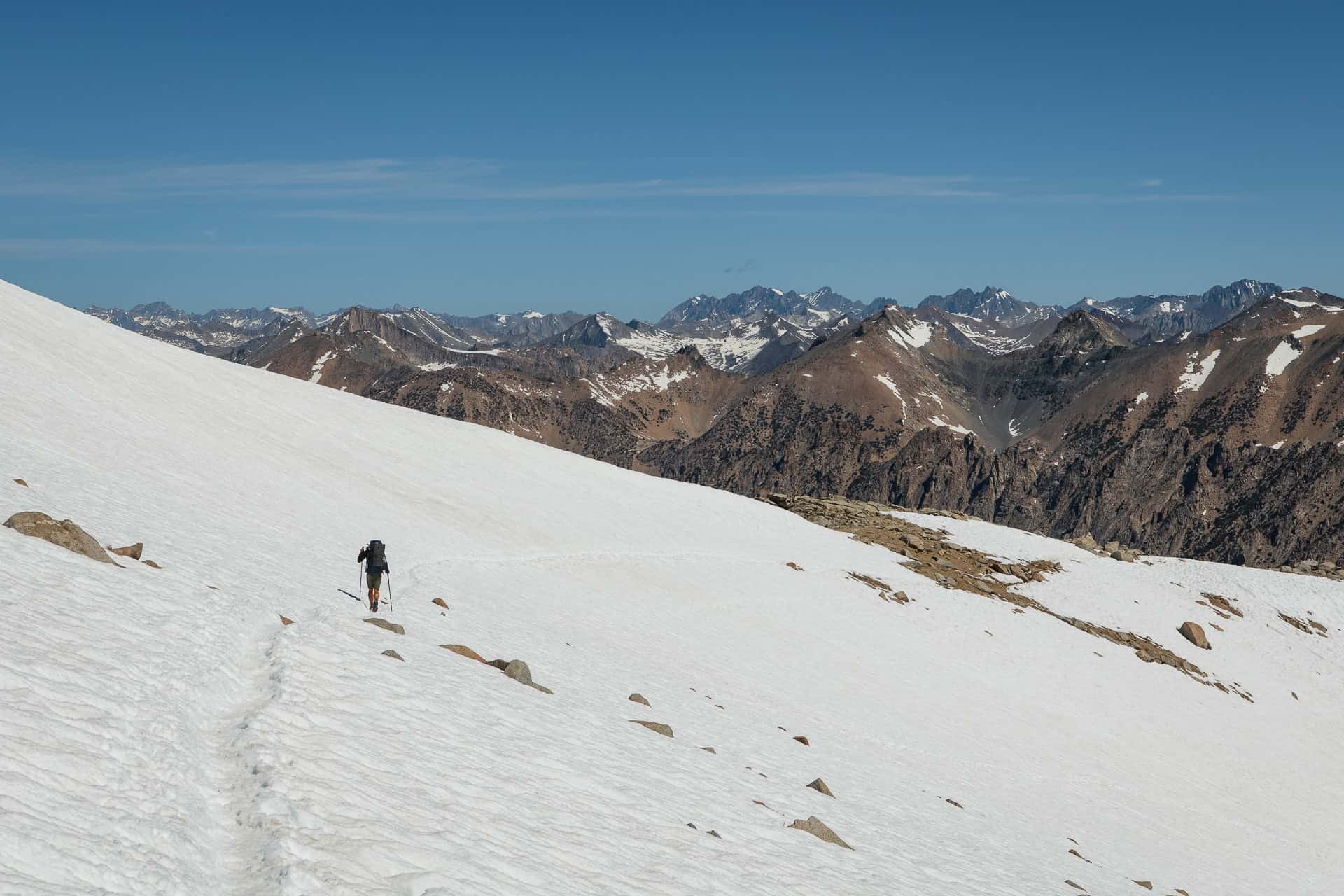
Photo: @nick.nw.photos
Support the Survey
Every year, I get a lot of people asking how to support the surveys. Beyond sharing them with your close-knit bubble of weird hiker friends, the best way to support the survey is to contribute via Patreon. You’ll get access to exclusive posts, discount codes, live streams, and super, extra cool stickers so that everyone will know how cool you are.
If you’re not into Patreon, that’s cool; you can Venmo @halfwayanywhere, Cash app $halfwayanywhere, or PayPal moc.erehwynayawflah@tcatnoc
This is not expected. The data collected in the survey will always be free and accessible to everyone who wants/needs it. Your support is much appreciated and helps pay the website (and survey) bills.



Pacific Crest Trail Survey Collection
Affiliate Disclosure: This page may contain affiliate links, which means I may receive small commissions for purchases made via these links at no additional cost to you. This helps pay the bills and keep the site up and running. Thank you for your support!
